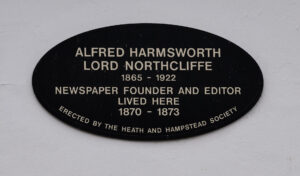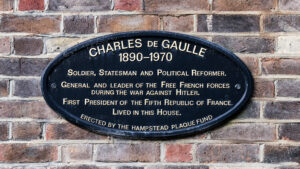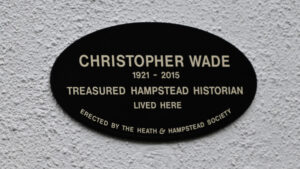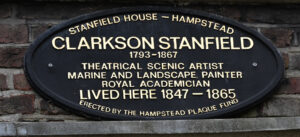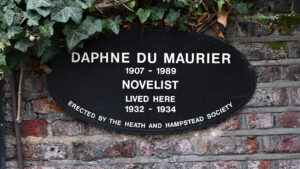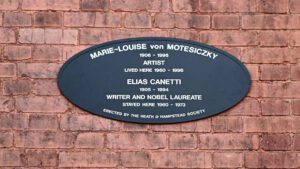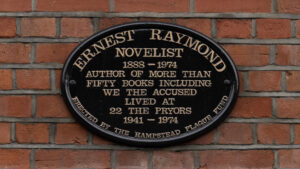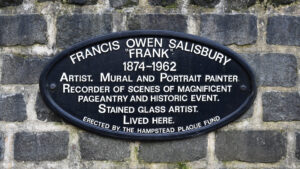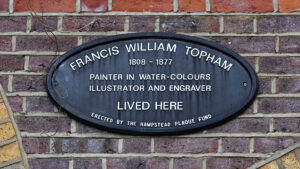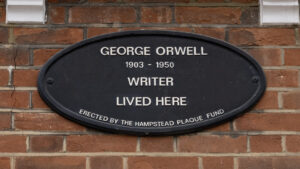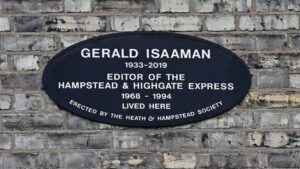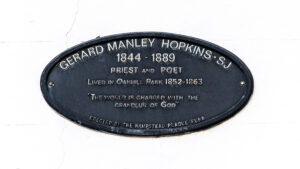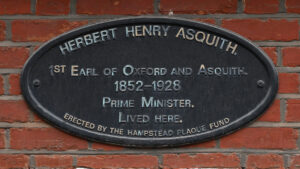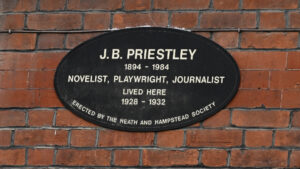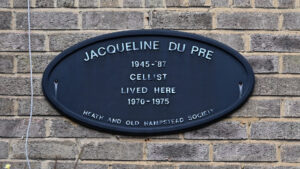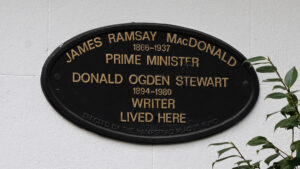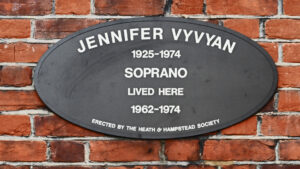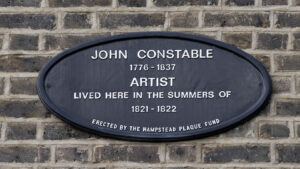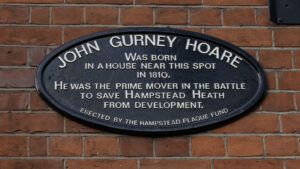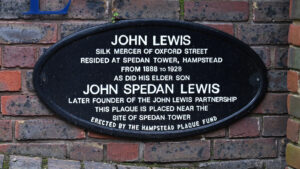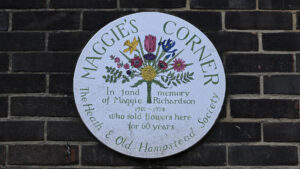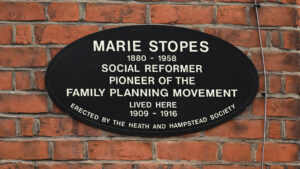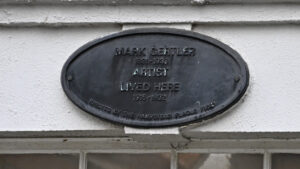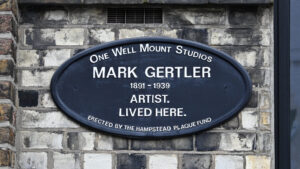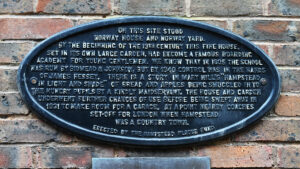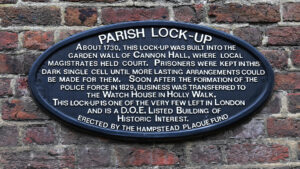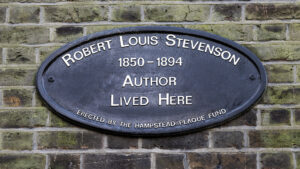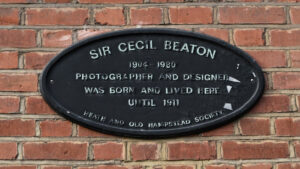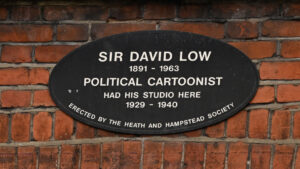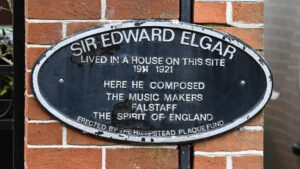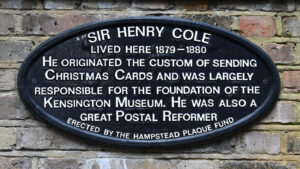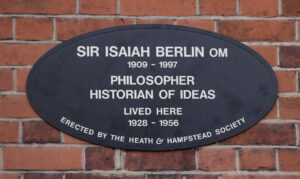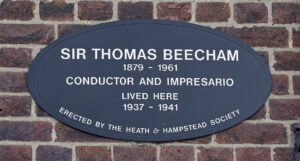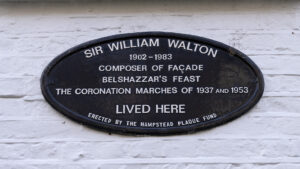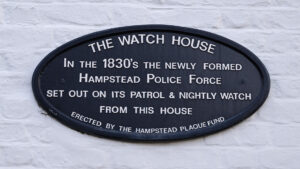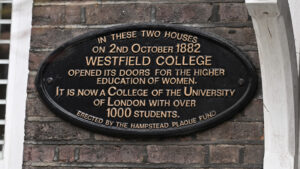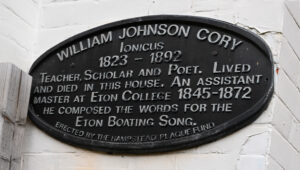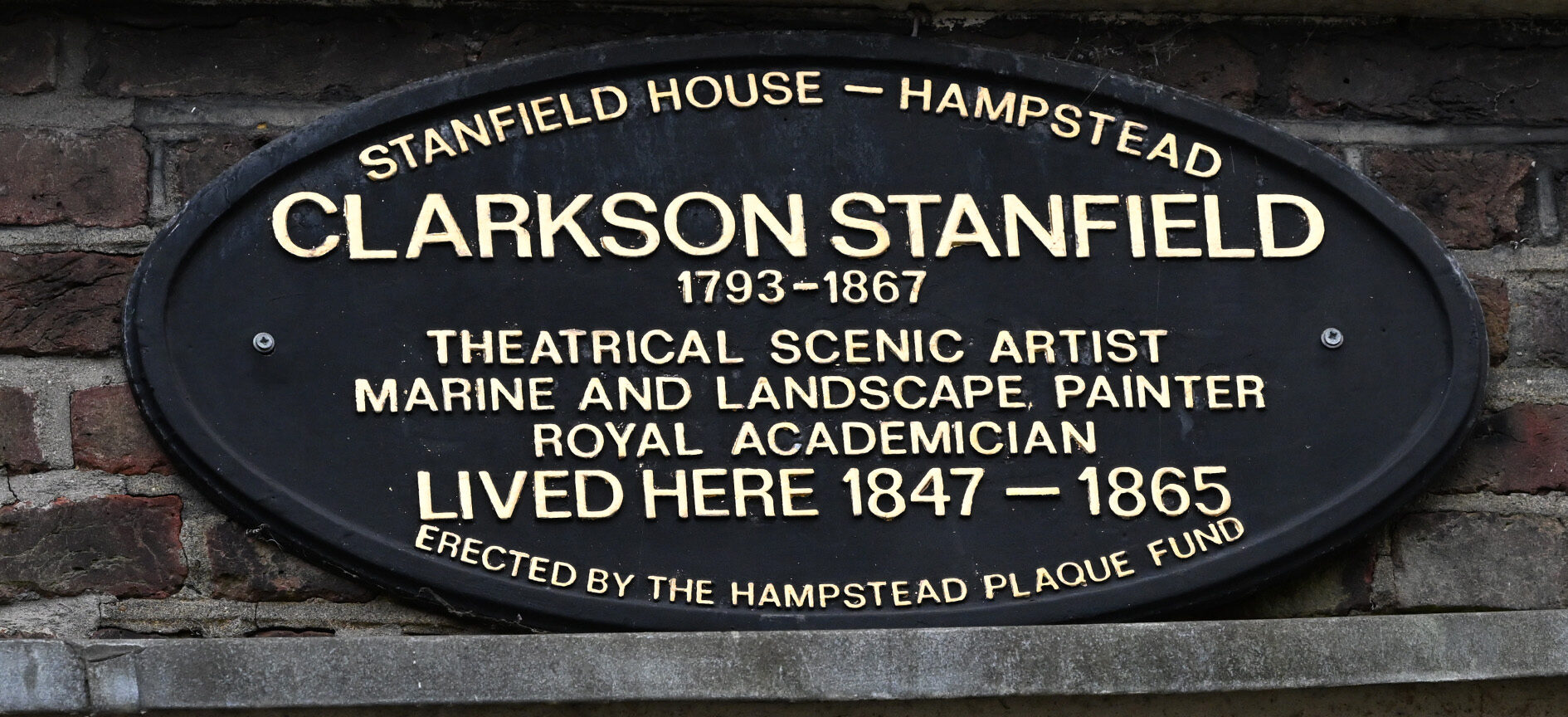
Clarkson Stanfield was a prominent English painter who was known for his large-scale paintings of dramatic marine subjects and landscapes. The art critic John Ruskin called him the “leader of our English Realists”.
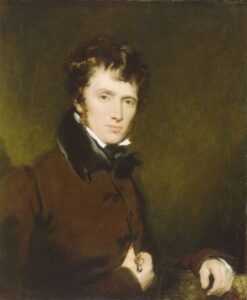 Stanfield was born in Sunderland, the son of James Field Stanfield (1749–1824), an Irish-born author, actor and former seaman. In 1808 he was pressed into the Royal Navy, serving in the guardship HMS Namur at Sheerness. Discharged on health grounds, he left with many sketches. During his service he acquired considerable skill as a draughtsman. In 1816 Stanfield was engaged as a decorator and scene painter at the Royalty Theatre and in 1823 he became a resident scene-painter at the Theatre Royal, Drury Lane, producing spectacular scenery until 1834, when he abandoned scenery paintings for all his patrons except for his two personal friends, William Charles Macready and Charles Dickens.
Stanfield was born in Sunderland, the son of James Field Stanfield (1749–1824), an Irish-born author, actor and former seaman. In 1808 he was pressed into the Royal Navy, serving in the guardship HMS Namur at Sheerness. Discharged on health grounds, he left with many sketches. During his service he acquired considerable skill as a draughtsman. In 1816 Stanfield was engaged as a decorator and scene painter at the Royalty Theatre and in 1823 he became a resident scene-painter at the Theatre Royal, Drury Lane, producing spectacular scenery until 1834, when he abandoned scenery paintings for all his patrons except for his two personal friends, William Charles Macready and Charles Dickens.
Stanfield went on to develop his skills as an easel painter, especially of marine subjects; he first exhibited at the Royal Academy in 1820 and continued until to his death. He was a founder member of the Society of British Artists (from 1824) and its president in1829.
He became a Royal Academician in February 1835. His elevation was in part a result of the interest of William IV who commissioned two works from him – the ‘Opening of New London Bridge’ (1832) and The Entrance to Portsmouth Harbour. Both paintings remain in the Royal Collection.
This plaque was unveiled in June 1981 by Peter van de Merwe, Curator at the National Maritime Museum, and Mrs Peggy Jay.
VIEW ON MAIN INTERACTIVE MAP
1
